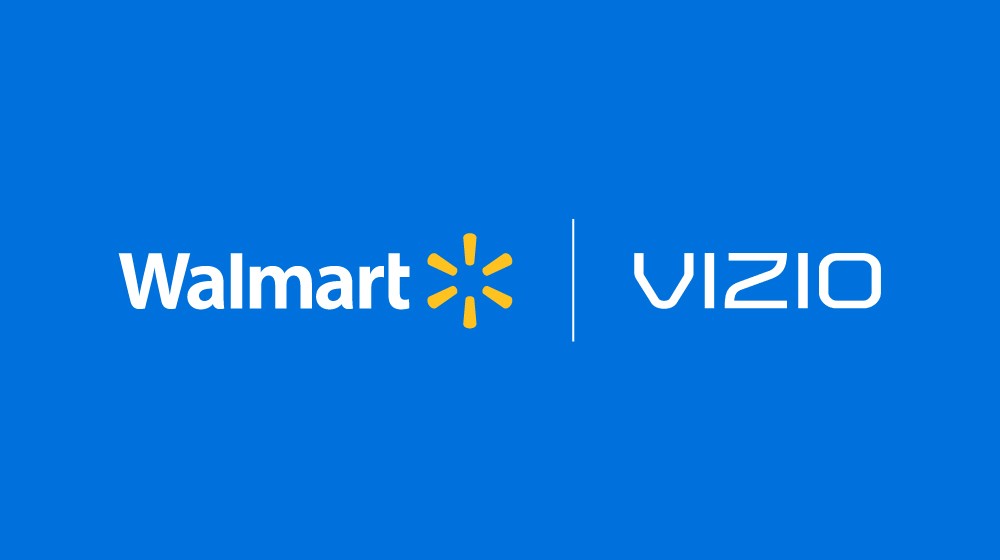
Retail Media Networks Pull Tighter on Closed Loop Marketing
Author: Rick Ducey, Managing Director, BIA Advisory Services
We are in a Big Media meets Big Retail moment of innovation and maturation in marketing and advertising. This has implications for how the local ad market will evolve, and the speed at which this evolution is likely to occur.
The $2.3 billion Walmart acquisition of Vizio and IAB’s release of guidelines for Retail Media Network advertising are signals of a maturing marketplace with lots of upside opportunity.
What’s happening is that the line between marketing and promotion spending on the one hand, and paid media spending on the other hand is becoming ever more permeable as retailers have formally entered the ad-supported publishers world with the launch of Retail Media Networks (RMNs) with increasing scale and scope. BIA Advisory Services explored this in depth in a recent report on how evolving RMNs may impact the local ad marketplace.
In the Venn Diagram world of Retail Media Networks, we can see a grab bag of overlapping business models with RMNs interacting in this space as publishers, DMPs, SSPs, DSPs, programmatic ad platforms, and self-serve campaign planning and activation.
RMNs have valuable first-party consumer data they can tie to ad exposures in their media, so advertisers have access to arguably deterministic outcomes data tying ad spending and consumer purchasing patterns together. RMN first-party data is further enriched by linking with third-party DMPs data sources to further develop consumer segments and audience segments for activation to make the flywheel spin faster and harder.
Two recent developments highlight new watershed moments in the RMN world.
- Walmart + Vizio: One of the biggest RMNs, Walmart Connect announced its $2.3 billion acquisition of Vizio. Walmart now has its own RMN with content and ad inventory along with a programmatic platform; its own TV OEM business and with those devices, its own first-party audience data to complement the consumer purchasing data it already has. Could be a game-changer in the world of closed-loop marketing tying together first-party consumer data with first-party audience data in a deterministic data model. Very hard to beat in the elusive pursuit of closed-loop marketing.
- IAB/MRC Sets RMN Measurement Guidelines: The RMN advertising space, while high growth and promising, remains a bit of a Wild West when it comes to creating and conforming to reliable standards for measuring and reporting audiences, and tracking advertising placements and performance. This leads to the other watershed moment. RMN standards for advertising have now been formalized as the IAB and MRC have now released the final version of the Retail Media Measurement Guidelines. IAB and MRC proclaim that, “This playbook is more than a companion document; it’s an actionable guide tailored for retailers, brands, agencies, and technology partners. It translates the complex standards into practical steps, offering key strategies and best practices to navigate the nuances of retail media measurement effectively.”
Taken together, these developments point to RMNs evolving both to scale of scope (efficiencies offered by combination of related services) and scale (access to audience and consumer first-party data).
Of course, while RMNs offer a very compelling solution into their own closed gardens, the tops of their funnels are limited to existing consumer relationships. Brand marketers will still be making major investments in ad-supported media publisher platforms to attract and drive consumers through their full purchase journeys. That’s why we expect to see more deals such as the one announced about year ago between Disney and Kroger Precision, another of the major RMNs. The Disney-Kroger initiative combines Disney’s first-party audience graph with Kroger’s 60 million household shoppers’ database for developing and activating audience segments in Disney media.

What’s next? As we concluded in our RMN report, “RMN ad revenue is growing away from search ad formats into other digital ad formats including video. Video ads drive a more immersive experience for consumers, therefore leading to higher engagement and conversion rates. Video ads are a great medium to instore seamless experience across multiple touchpoints, from retailers’ sites to CTV to brick-and-mortar stores.”
With Big Media-Big Retail partnerships on the rise, and the gravitational attraction of video ad programmatic platforms for linear and CTV video pulling spending away from other digital ad formats, this is a space to watch for more innovation and advertising growth.
Download BIA’s complimentary RMN report here, Retail Media Networks: A Local Perspective.
Featured image at the top of post is sourced to Walmart.

This Post Has 0 Comments